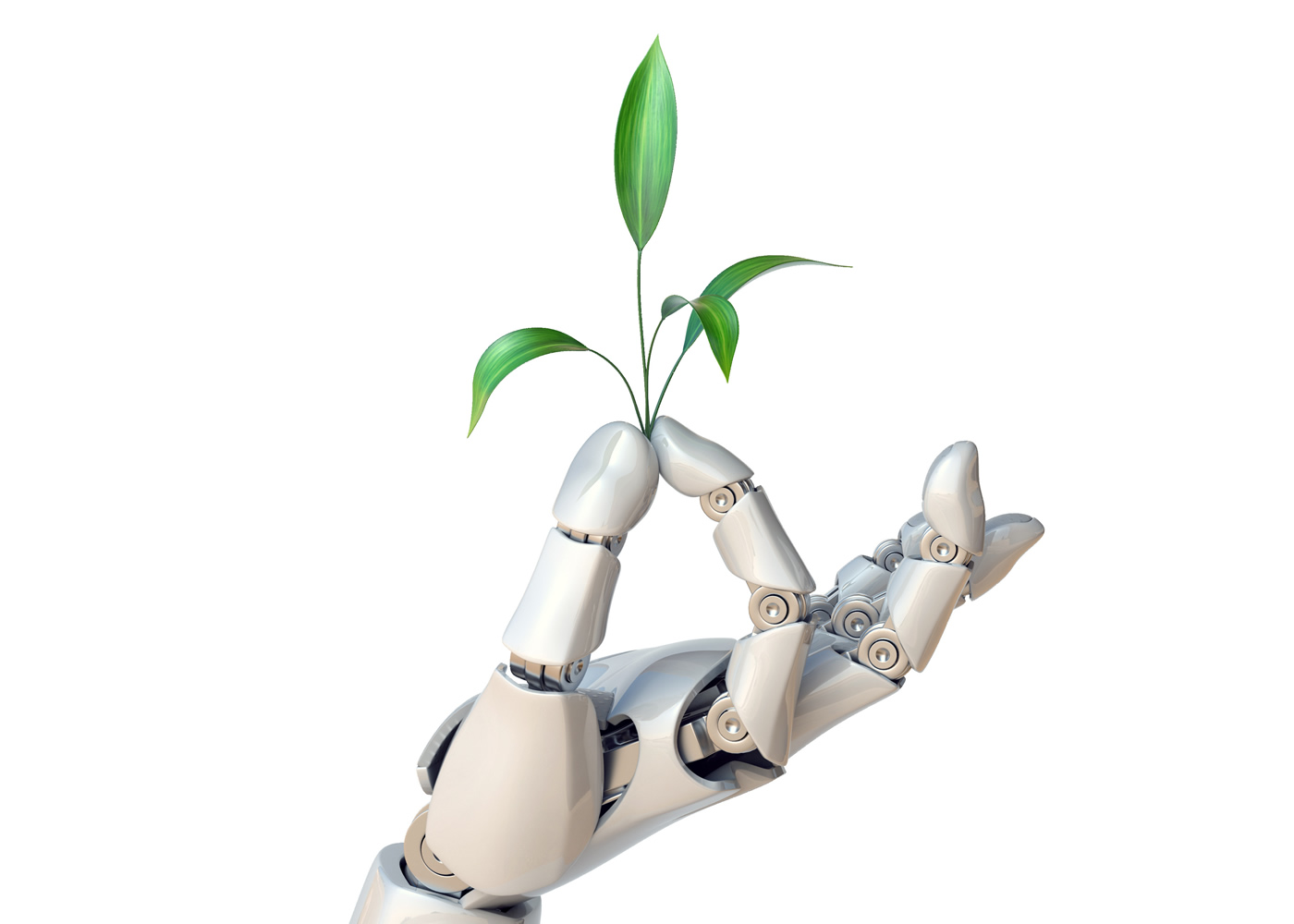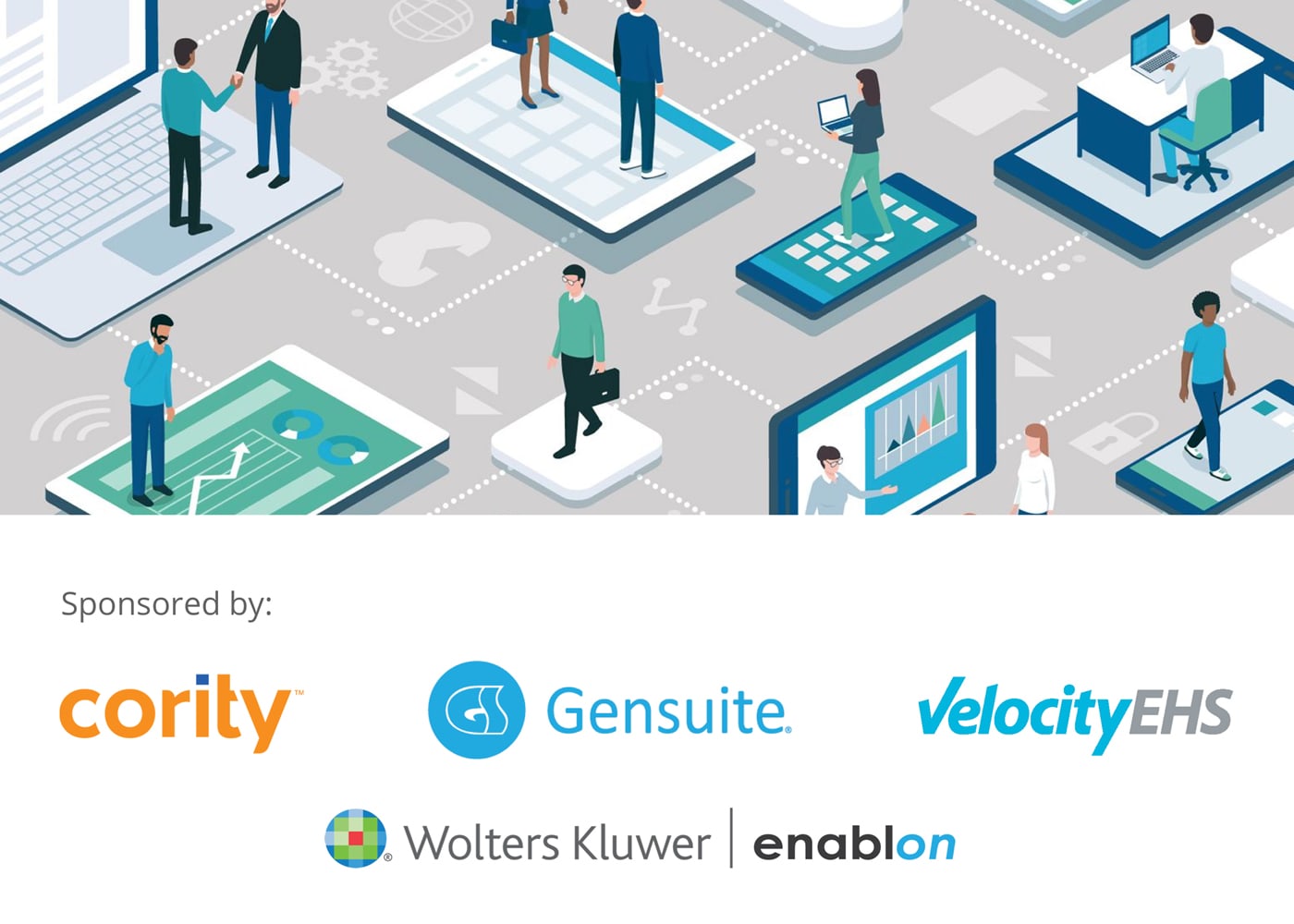Artificial Intelligence is Transforming How Companies Manage EHS

For a long time, the use of technology to manage EHS programs focused on software systems. Now, with what I refer to as ‘Revolution 4.0’, there is less of a focus on EHS software and more of an emphasis on the surrounding ecosystem of the internet of things (IoT’s), such as smart sensors, drones, heptic devices, virtual reality, machine learning (ML) and artificial intelligence (AI).
Recently, the MIT Technology Review published an article titled “A calm before the AI productivity storm” on January 2. It noted that despite many new advances in technology the productivity curve in companies has actually been stagnant. They describe what is called a ‘J-Curve’, an accepted path that most new technologies follow before becoming mainstream. First productivity falls, then it rises. The experts say that right now AI is at the curve of the J, and about to take off. Once it does, there will be a new revolution in productivity.
When it comes to AI and ML, in particular, the EHS industry is ripe for disruption. AI uses ML to develop an algorithm to help computers identify new patterns in data and solve problems. Once trained, the machine is able to handle unfamiliar tasks and find solutions in seconds versus days or weeks.
In an industry that is always looking to do more with less, AI can help companies do their day-to-day jobs more efficiently and consistently, such as reading complex legal documents for EHS compliance requirements or permits. This frees up EHS managers to focus on high value work, not repetitive, low-value work. This alone promises to fundamentally change the skills required to manage these tasks within companies, if not the profession itself. The impact could be profound.
A second way AI is being applied is by EHS software companies who are leveraging it to help customers mine their own data. Insofar as EHS software systems have mountains of historical data, software companies are now developing new business analytics tools to mine this ‘Big Data’ for insights that have never been revealed before. One EHS compliance software company, for example, has a system that helps safety managers prevent incidents before they occur. With the use of artificial intelligence and machine learning, the system helps users interpret data and provide focused metrics. I have seen this system live, and the impact on the audience was notable.
The opportunities these advances present are amazing, but success with using them will ultimately depend on how well they are built, implemented and aligned with a company’s business goals. Unfortunately, there is no one approach that fits all, but industry leaders will be trading best practices and exploring these new tools shortly, at NAEM’s Software, Innovation & Technology Showcase in March of this year in New Orleans. I hope you’ll join my industry peers as we cut through the hype and explore how the digitization craze and the IoT’s are changing our industry.
Sponsored Content
About the Author

Margery Moore
Moore & Gasperecz Global Inc.
Margery Moore is a widely respected expert with 20 years of experience in EHS (environment, health and safety) compliance management. Her accomplishments include the creation of multiple software products that continue to yield millions in annual sales, along with the development of long-lasting strategic partnerships with the largest players in the industry. She has extensive experience working with both public and private sector clients in North America and around the world including many of the Fortune 1000. She is currently the CEO of Moore & Gasperecz Global Inc.


